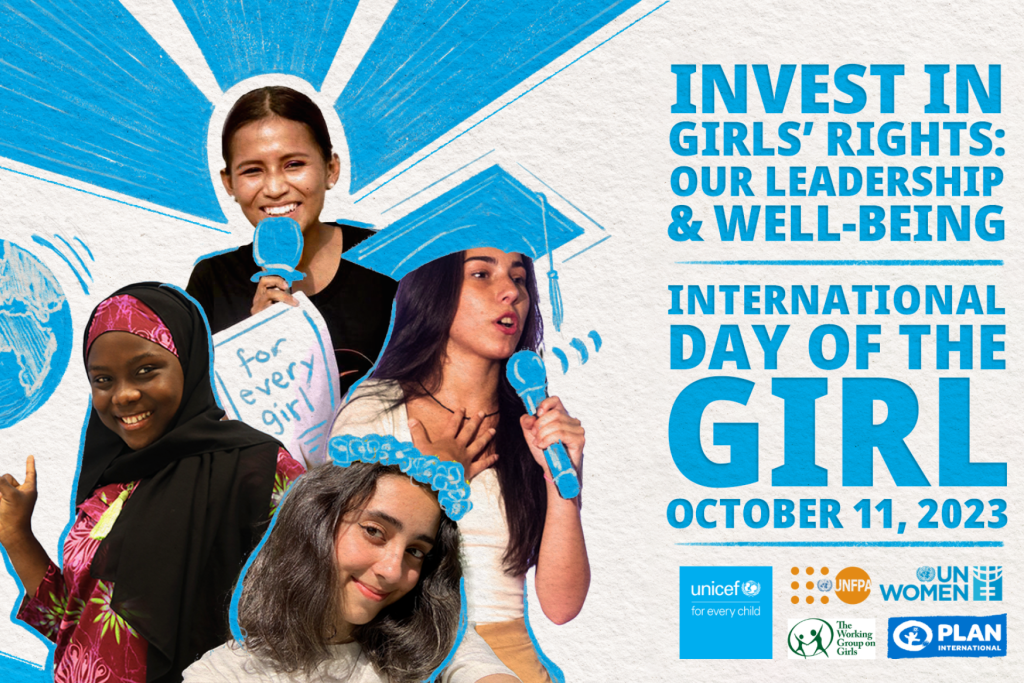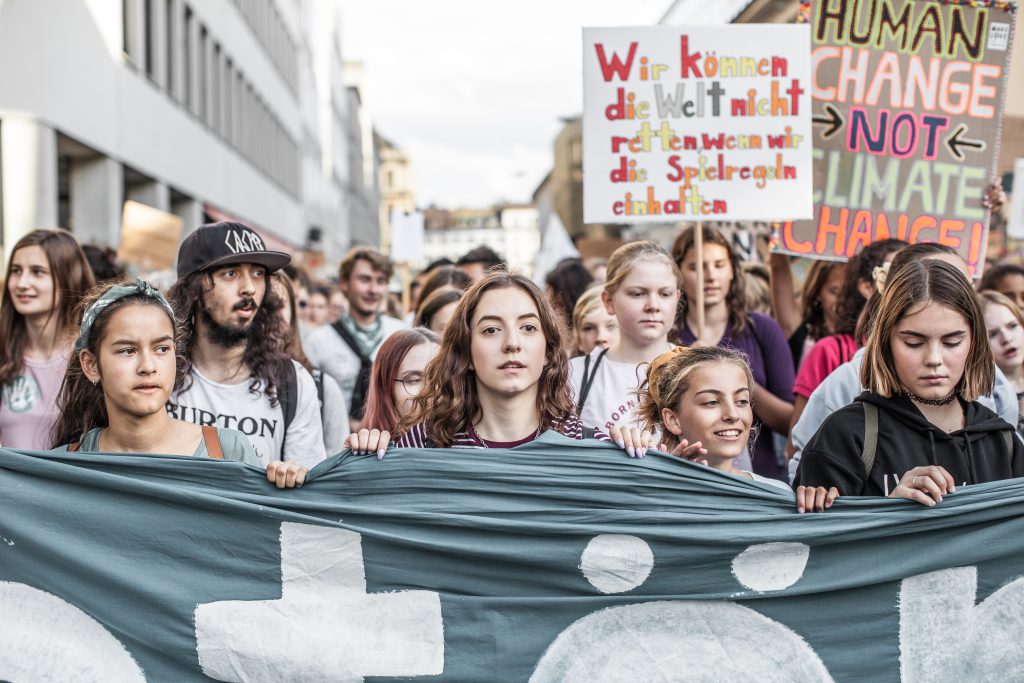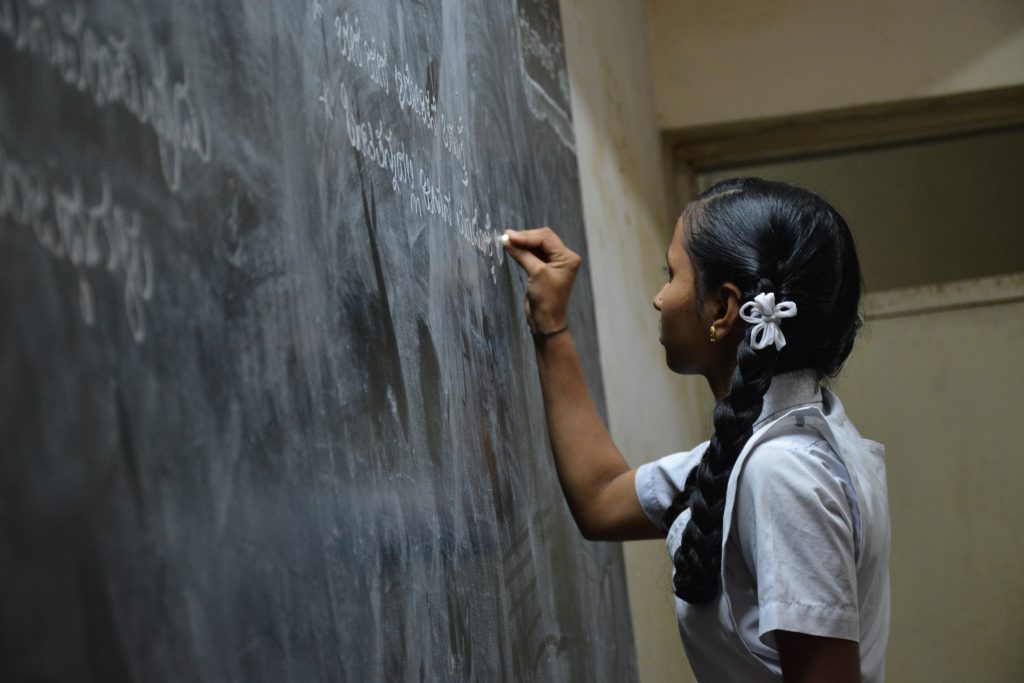On 11 October 2023, we observe the International Day of the Girl Child, with the theme: Invest in Girls’ Rights: Our Leadership, Our Well-being. Under this theme, this global platform to advocate for the full spectrum of girls’ rights responds to the call by girls everywhere for change.
The call to action is for the global community to (re)affirm its commitment to young girls and invest boldly in the actions needed so that change can happen. Moreover, it points out that if one pays attention, many girls walk the talk and champion solutions and change in their communities.

What is at Stake?
In many parts of the world, years of patriarchy and family power dynamics favouring boys over girls have put girls (particularly young girls) at a clear disadvantage. These beliefs and practices have accrued over time and have carved different life paths for girls and boys. Boys are lifted up to fulfil the traditionally perceived “male” role in families and society. In some cases, boys are even allowed to act freely and without care. On the other hand, girls are subjected to some form of social conditioning, i.e. to meet the traditionally perceived “subservient” role of “females” in families and society. This social conditioning could include deprivation of education, denial of prospects for a career (that is only meant for boys), ethics education to prepare them to be a “wife” and “mother”, or even a life of servitude.
To illustrate, I share here key statistics from the United Nations page on the International Day of the Girl Change on the current state of play.
- “Nearly 1 in 5 girls are still not completing lower-secondary, and nearly 4 in 10 girls are not completing upper-secondary school today;
- Around 90 per cent of adolescent girls and young women do not use the internet in low-income countries, while their male peers are twice as likely to be online;
- Globally, girls aged 5-14 spend 160 million more hours every day on unpaid care and domestic work than boys of the same age;
- Nearly 1 in 4 married/partnered adolescent girls aged 15-19 have experienced physical or sexual violence from an intimate partner at least once in their lifetime; and
- Even before the COVID-19 pandemic, 100 million girls were at risk of child marriage in the next decade. And now, over the next ten years, up to 10 million more girls worldwide will be at risk of marrying as children because of the COVID-19 pandemic.”
Yes, the situation is dire, and we need to act quickly to arrest these worrying developments. Moreover, we are falling behind as we draw closer to 2030, which is the deadline for the Agenda 2030 for Sustainable Development Goals (SDGs). According to the UN Women report, Progress on the Sustainable Development Goals: The gender snapshot 2022:
COVID-19 and the backlash against women’s sexual and reproductive health and rights (SRHR) are further diminishing the outlook for gender equality. Violence against women remains high; global health, climate, and humanitarian crises have further increased risks of violence, especially for the most vulnerable women and girls, and women feel more unsafe than they did before the pandemic.
Moreover, this year, in particular, we see concerted efforts among various anti-gender equality movements and parties that are meant to curtail girls’ and women’s rights, effectively rolling back inroads made on gender equality. At the Women Deliver Conference held in Rwanda in July 2023, for example, it was highlighted that some conservative African leaders have restricted space, policy, and funding around women’s bodily autonomy. These can have real-life impacts on the lives of girls everywhere, which could include deprivation of maternal health care, lack of parenting support for adolescent mothers, no access to digital and life skills training, no access to comprehensive sexuality education (CSE), lack of survivor support services, and lack of funding for sexual gender-based violence (SGBV) programmes.
This stark reality needs our immediate attention, and the time to act is NOW.
The Call to Action: Using Digital Communications
UNICEF and Plan International spearhead this year’s International Day of the Girl Child through a global campaign and an event. The aim is to reach and unite advocates for adolescent girls’ rights, including UN heads of agencies, civil society organisations, businesses, and governments. With the ambition that this becomes a global commitment that is not only practised annually but also well-resourced. And what better way to reach and engage the world than by using digital communications!?

During the event, which will take place at 930-1130 (EDT, New York Time) on 11 October, the organisers would like to showcase girls who actively influence government policies, business practices, and research priorities. Other than just talking about the event or sharing it on Social Media, they are also encouraging interested audiences to join via a Zoom link and organise viewing parties, with clear guidelines on how this should be done.
Note that the registration is now closed! This is perhaps an indication of how successful the outreach was that they have now maxed out the bandwidth allowed for interested audiences to join.
With regard to the campaign, the two organisations are playing two different but complementary roles. Plan International is forging ahead with a digital campaign to showcase the girls who are spearheading solutions and change in their communities. In their Meet The Girls Who Are Transforming The World site, they bring to features and bring to light the stories of girls from different parts of the world that will serve as examples and inspiration. Through digital technology, we are given the opportunity to get to know them, learn from them and even the possibility of engage with them as we reflect on the state of our communities and act on the change that we need. They can serve as role models for (young) girls, so they should not be bogged down by the patriarchy, traditional power structures and conventional gender roles; they have every opportunity to be who they want to be.
UNICEF, on the other hand, is calling (together with its partners) for a $1 billion increase in investments for adolescent girls. This will help resource a 5-point agenda that they espouse, together with government and civil society partners.

Source: Photo by Kiana Bosman on Unsplash
These include:
- Centre girls in the protection and promotion of rights: All like-minded partners must centre girls’ rights in their work to tackle the pushback against gender equality.
- Recognise, celebrate and support girls’ leadership: Investing in girls’ leadership includes creating space and platforms for girls to raise their voices at every level of policy-making, directly resourcing girls’ movements and networks, and centring girls’ voices, agency and leadership in all programmes.
- Introduce and scale up multi-sectoral programmes that support adolescent girls’ well-being: Whether it is a health clinic that provides gender-based violence referrals, a cash transfer programme that includes financial literacy training, an adolescent-friendly maternal health clinic that includes a parenting programme, or a violence-prevention programme that takes place at school, we must introduce and scale-up multi-sectoral programming that address adolescent girls’ needs.
- Ensure information, services, and systems meaningfully change to be adolescent-girl-friendly: This includes tackling the stigma and poor treatment many adolescent girls have highlighted in accessing essential services.
- Make structural changes to scale up funding for girls (and not as a one-off): The paucity of funding for the issues affecting adolescent girls is stark.
This 5-point agenda is outlined on the UNICEF website (for all audiences to behold and hopefully take to heart) with avenues for investment in those that are most crucial for upholding and safeguarding the human rights of girls, addressing education, health, and harmful practices, as well as targeted resourcing for and with adolescent girls. These investments are buttressed by the Convention on the Elimination of All Forms of Discrimination against Women (CEDAW) and the Convention on the Rights of the Child (CRC).
The Importance of the SDG 5-SDG 16 Nexus
All of these points, if addressed, indeed bode well for the rights of girls. I argue, though, that there has to be the right setting and responsive institutions for that to happen. This is where SDG 16, which focuses on “promoting peaceful and inclusive societies for sustainable development, provide access to justice for all and build effective, accountable and inclusive institutions at all levels”, comes in.
As I pointed out in my introductory blog post, SDG 5 cannot be realised in a vacuum. SDG 16 enables it to happen. It promotes peace where accountable and transparent institutions can uphold the human rights of all (including girls). It safeguards these human rights by giving rights holders access to justice so that they can defend their human rights. Furthermore, it allows one and all to be conscious of those that are being left behind. Not just girls of a particular country or group but all human beings. Through this, we can all truly achieve the ambition set by the Agenda 2030 for Sustainable Development and its 17 Sustainable Development Goals.



